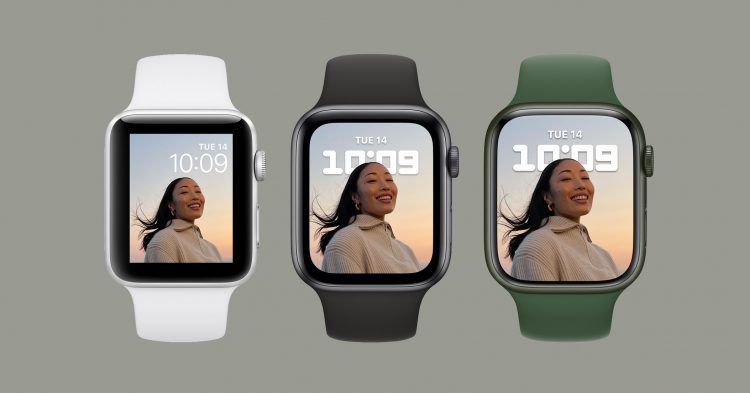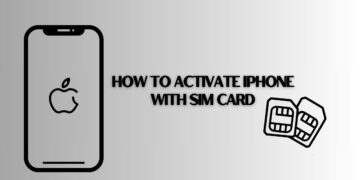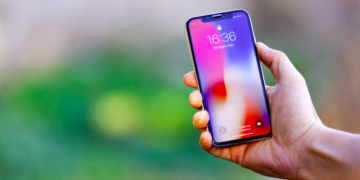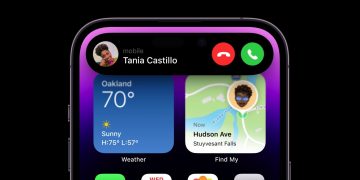The number of smartwatches on the market is staggering. We’ve tested models from Tag Heuer, Citizen, Montblanc, Diesel, and many other fashion brands, but most of them are simply too expensive for what you get. (Not to mention they’re Wear OS watches that won’t get the update to the latest version). Here are a few other options we like.
Casio PRT-B50 for $215: If you like the sound of the Casio PRW61 above but hate the price, consider this model. You get many of the same perks, like a compass, altimeter, and barometer, but for a lot less. It’s not made of biomass plastics, and it doesn’t have solar charging, though its battery lasts two years. It does track steps and can automatically adjust the time to wherever you are in the world. You can place virtual markers along your route that are viewable through the map in the companion app (paired via Bluetooth), and it’s easy to make your way back to them using the watch. It comes in a 50.8-mm size.
Skagen Falster Gen 6 for $199: Barring looks, this Wear OS smartwatch is akin to Fossil’s Gen 6 smartwatch (which I didn’t like as much). It runs the same Snapdragon Wear 4100+ processor, and while it currently operates Wear OS 2, it will get the update to Wear OS 3 this year. Performance is smooth—I can ask Google Assistant to turn off the lights in my apartment, swipe the keyboard to send responses back to friends, and easily change the color of the watch face to match my outfit. There’s heart rate and sleep tracking, plus SpO2 measurements. All of the results matched my Apple Watch Series 7, though the Skagen usually took longer to get me those numbers. It only lasts about a day with sleep tracking, but it recharges fairly quickly.
Fossil Hybrid HR Gen 6 for $249: This watch is functionally similar to the Skagen Hybrid HR Gen 6 above, but I just didn’t like wearing it as much. I tried the Stella model, which is a little too gaudy, but I chose it because the Machine model looked a bit much.
Mobvoi TicWatch E3 for $200: The E3 has the same speedy processor as the TicWatch Pro 3 Ultra above, and it will get the upgrade to Wear OS 3. It’s not as long-lasting, usually requiring a recharge in the morning after tracking sleep (with the always-on display turned off), and the 44-mm case size is still rather large. Its fitness-tracking results were similar to other watches I tested alongside it, like the Galaxy Watch4. But my gripe is with the build quality: It’s plasticky, feels cheap, and isn’t very pretty to look at.
Source by www.wired.com






























